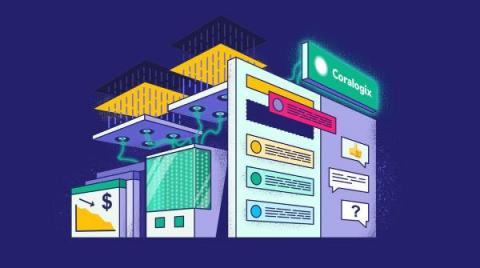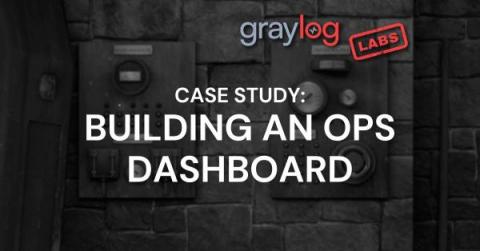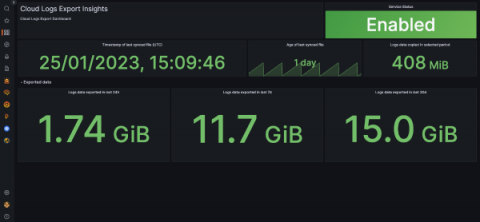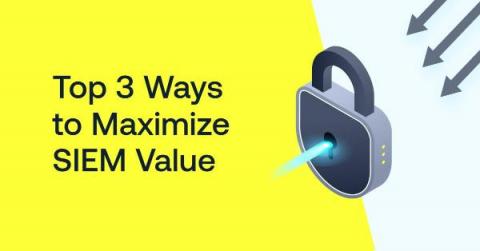Use CIDR notation queries to filter your network traffic logs
Classless Inter-Domain Routing (CIDR) is the dominant IP addressing scheme in the modern web. By enabling network engineers to create subnets that encapsulate a set range of IP addresses, CIDR facilitates the flexible and efficient allocation of IPs in virtual private clouds (VPCs) and other networks.











